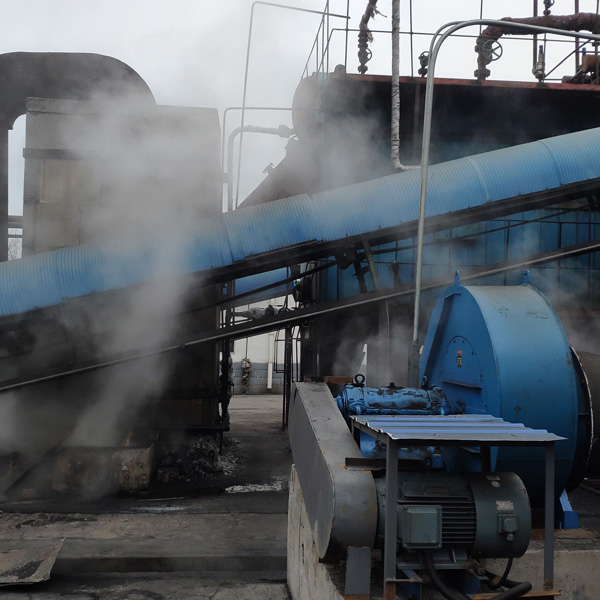+86 17737144966
Have you ever wondered how modern water purification systems eliminate invisible threats like chemical residues, heavy metals, and organic contaminants from your tap water? The answer lies in a centuries-old material reengineered for the 21st century: activated carbon. This porous substance has become the cornerstone of residential and industrial water treatment, with global demand projected to exceed $10 billion by 2028 according to recent market analyses. But what specific properties make it indispensable for producing potable water?
Activated carbon operates through adsorption – a process where contaminants chemically bond to its vast network of micropores. A single gram of this material boasts a surface area exceeding 3,000 m², equivalent to six tennis courts. Three structural characteristics drive its effectiveness:
This hierarchical pore structure enables simultaneous removal of diverse contaminants. Unlike basic carbon filters, properly activated variants undergo steam or chemical treatment at 900-1000°C, creating reactive sites that bind contaminants 40% more effectively than non-activated alternatives.
When evaluating activated carbon for drinking water systems, professionals prioritize these four parameters:
| Parameter | Ideal Range | Impact on Performance |
|---|---|---|
| Iodine Number | 900-1100 mg/g | Indicates micropore volume for small molecule adsorption |
| Molasses Number | 200-250 | Reflects mesopore content for color removal |
| Ash Content | <5% | Lower values ensure maximum active surface area |
| Particle Size | 0.5-2.5 mm | Balances flow rate vs. contact time |
Premium grades achieve 99.6% chlorine removal and 94% reduction in lead concentrations, meeting NSF/ANSI Standard 53 for health-related contaminants. Their catalytic properties also break down chloramines – a growing concern in municipal water supplies.
Water treatment engineers customize carbon media based on specific contamination profiles:
Advanced systems now incorporate hybrid media – combining activated carbon with ion-exchange resins or catalytic coatings – to address emerging contaminants like PFAS (per- and polyfluoroalkyl substances). This multi-barrier approach removes over 97% of PFOS/PFOA compounds according to EPA verification protocols.
While activated carbon filters typically last 6-9 months, three factors determine replacement frequency:
Modern smart filters with pressure sensors and usage algorithms now provide real-time performance data, alerting users when adsorption capacity drops below 80% efficiency. Regular backwashing (every 2-3 weeks) maintains optimal flow rates and prevents channeling – a common issue that reduces contact time by up to 40%.

Recent advancements in activation techniques and nanostructuring are pushing the boundaries of contaminant removal. Graphene-enhanced carbons demonstrate 220% higher mercury adsorption rates in laboratory tests, while microwave reactivation methods cut energy consumption by 60% compared to traditional thermal regeneration. These innovations position activated carbon as the sustainable choice for next-generation water treatment solutions, capable of addressing both current and emerging water quality challenges.
From household pitcher filters to municipal treatment plants, activated carbon remains the silent guardian of global water safety. Its unique combination of proven performance and adaptability ensures it will continue to be the first line of defense against waterborne contaminants for decades to come. As contamination profiles evolve, so too will this remarkable material – maintaining its irreplaceable role in delivering safe, great-tasting drinking water worldwide.